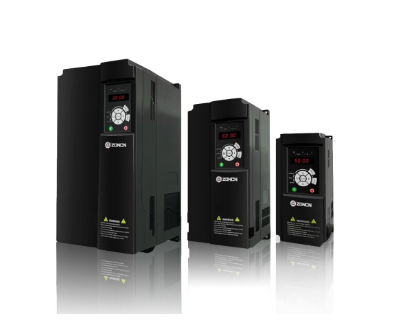MPPT (Maximum Power Point Tracking) is a technique used to optimize the output of solar panels or other renewable energy systems. Its main purpose is to ensure that the system always operates at its maximum power point to achieve the highest energy conversion efficiency.MPPT maximizes energy harvesting efficiency by adjusting the voltage and current to match the system’s load and ambient conditions.
How MPPT works
The output voltage and current of a solar panel varies with light intensity, temperature and other external conditions. Each solar panel has a specific operating point at which it can produce the maximum power, i.e., the maximum power point (MPP.) The MPPT controller improves energy conversion efficiency by continuously adjusting the voltage and current to make the system work at this maximum power point.
Advantages of MPPT controllers
Improved energy harvesting efficiency: MPPT controllers can improve the output efficiency of solar panels by making the system always work at the maximum power point.
Strong adaptability: The ability to dynamically adjust to different environmental conditions (e.g., light changes, temperature changes) ensures that the system always operates under optimal conditions.
Extend battery life: It can reduce the loss of the battery and extend the battery life by optimizing the charging process of the battery.
Application Scenarios
In home solar power systems, MPPT controllers are used to optimize the output of solar panels to maximize power generation under various light conditions. This not only improves the overall efficiency of the system, but also reduces electricity bills.
MPPT technology is widely used in a variety of solar power systems, such as home solar systems, solar street lights, solar water pumps, and solar cars. It is also one of the commonly used technologies in wind power systems.
Although mainly used in solar power systems, MPPT technology is also used in wind power systems to optimize the output of wind turbines to achieve the best efficiency under different wind speed conditions.
In some industrial applications, such as remote sensors, communication base stations and ocean buoys, MPPT controllers are used to optimize the power output of solar panels or other renewable energy devices to ensure stable operation of these devices in remote and harsh environments.
Common MPPT Algorithms
Perturbation and Observation (P&O) method: find the maximum power point by constantly perturbing the system operating point in small increments and observing the power change.
Incremental derivative method (InC): Determines whether the operating point needs to be adjusted by comparing the rate of change of current and voltage.
Artificial intelligence algorithms: such as neural networks and fuzzy logic control, which use complex computational models to optimize power point tracking.
The main function of the MPPT controller is to optimize the output of solar panels or other renewable energy devices so that they always work at the maximum power point, thus improving energy conversion efficiency, increasing battery charging efficiency, extending battery life, increasing system stability and economic efficiency, reducing energy waste and adapting to a variety of application scenarios.
MPPT technology plays an important role in improving the efficiency and stability of solar energy systems and is an indispensable part of modern solar energy systems.

